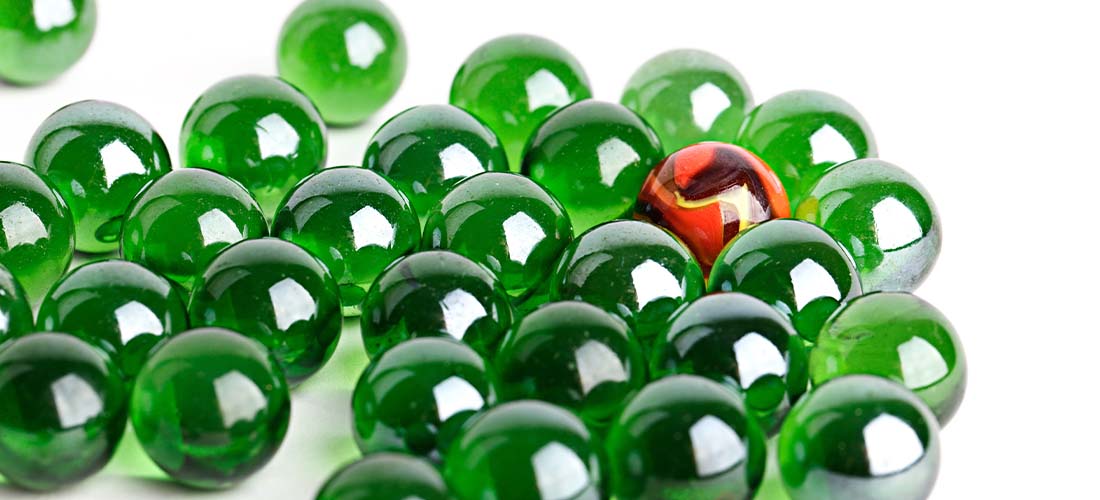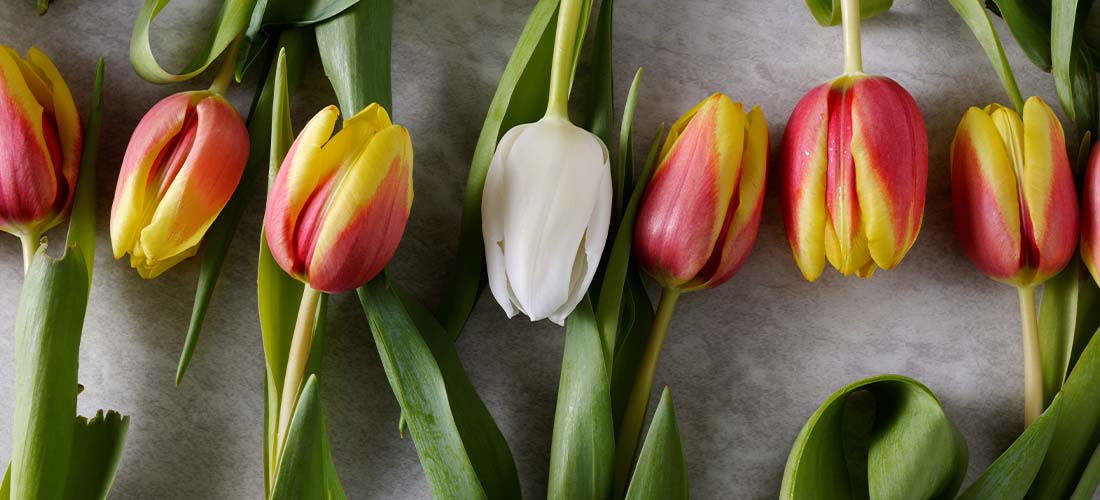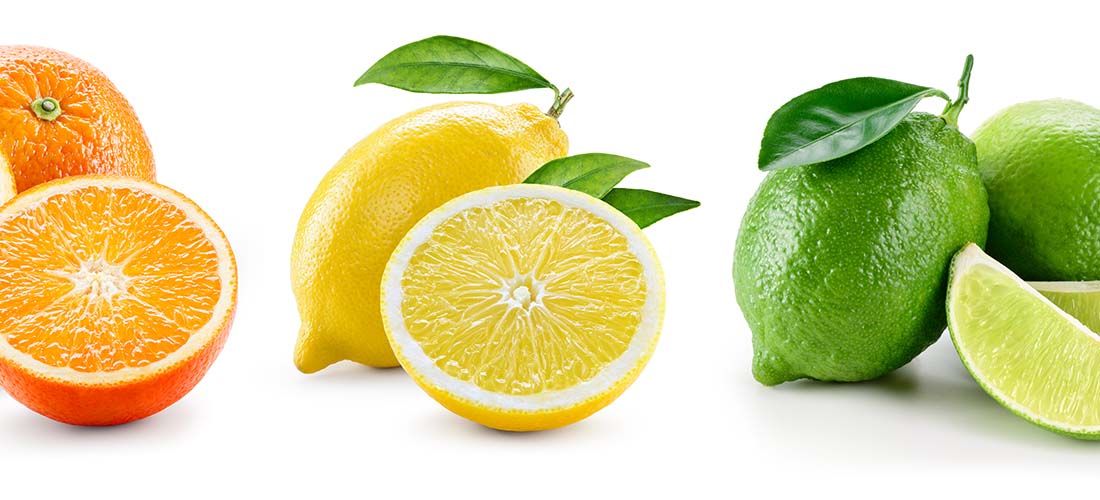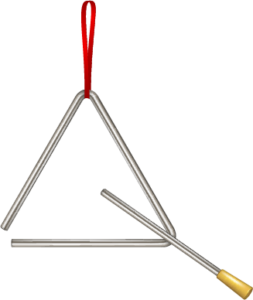Prep. Lesson 15. Same and different
Prior learning: None
Duration: 30 minutes
Materials: None
Keywords: Beat, singing, chanting, partners, rhymes, circle games
Difficulty: ![]()
 Melodic development
Melodic development
![]() Students have fun discovering this classic song.
Students have fun discovering this classic song.
- Incy Wincy Spider is a fun and engaging game for students based on the popular nursery rhyme.
- This game combines singing, hand motions, and imaginative play, providing a great way for young children to learn and have fun simultaneously.
- Gather students in a circle or a comfortable seating arrangement.
- Teach them the lyrics to the Incy Wincy Spider song:
- Show students how to use their hands to mimic the spider's movements.
- They can use their thumb and pointer finger to represent the spider, making a climbing motion for "climbed up," a falling motion for "down came the rain," and a rising motion for "climbed up the spout again."
- Encourage students to use their imagination and creativity by asking them to think of other scenarios and adventures for Incy Wincy Spider.
- For example, they might come up with stories about the spider making friends, going on a journey, or overcoming challenges.
- Sing the song with students, incorporating the hand motions and new storylines they have created. This will help them practice their fine motor skills and boost their creativity.
 Game
Game
![]() Students use movement and singing to discover the comparatives same and different.
Students use movement and singing to discover the comparatives same and different.
- Demonstrate a straightforward and distinguishable pattern involving clapping, slapping knees, and stamping feet.
- Emphasise the pattern's rhythm and timing to ensure clarity. Ask students to observe closely as you repeat the pattern, then invite them to mimic your actions.
- Once they have successfully replicated the pattern, ask, "Are these movements the same or different?" to stimulate critical thinking and discussion.
- Introduce a noticeable variation to the pattern by changing the order, rhythm, or action. Perform the new pattern and ask students the same question, encouraging them to find the differences between the sequences.
- Invite a volunteer to create their own unique pattern, ensuring they use clapping, slapping knees and stamping feet.
- Carefully observe the volunteer's pattern, then copy it as accurately as possible. Ask the class, "Is this pattern the same or different from the original?"
 Rhythmic development
Rhythmic development
![]() Students keep the beat on their bodies.
Students keep the beat on their bodies.
- Arrange students in a circle.
- Explain that you will keep the beat on your body in different ways, and the class should copy your actions.
- Begin by stamping to the beat. It can be helpful to sing or chant a song as you do so.
- The class will copy your actions.
- Repeat the process by keeping the beat in other ways, such as clapping, patsching, etc.
 Part work
Part work
![]() Students sing and move in time with the beat.
Students sing and move in time with the beat.
- Ensure everyone understands the lyrics and melody of the song.
- Arrange students standing side by side with their hands joined and held high, creating arches between them.
- Select a student to become "it" who will lead the game and weave through the circle.
- Begin singing the song as a group. The leader, or "it," starts weaving in and out of the circle by going under the arches created by the joined hands.
- When the song reaches the line "Just choose me," the leader taps one of the students in the circle, who becomes their partner.
- The chosen student and the leader join hands, forming a chain. They continue weaving through the circle, going under the arches together.
- Repeat until all students have been chosen and the chain has grown, leaving only one student in the circle.
- The game ends when only one student is left in the circle, signifying that everyone has had a turn. Congratulate the participants and encourage them to reflect on the experience.
 Activities
Activities
![]() Students discover comparatives same or different through instruments and blocks.
Students discover comparatives same or different through instruments and blocks.
Match The Pattern
- Distribute counters, sticks or building blocks to the class and create a pattern. Instruct students to copy your pattern or make a different pattern. Ask students if the patterns are the same or different.
- Using the same materials, ask students to create patterns that are the same and then create patterns that are different. Ask students if the patterns are the same or different.
Same or different?
- Put pairs of various instruments in a pile in the middle of the room and invite one student at a time to pick an instrument and find its match.
- Invite the student to play both instruments to see if they sound the same or different.
 Listening
Listening
![]() Students listen to and identify whether two consecutive sounds are either the same or different.
Students listen to and identify whether two consecutive sounds are either the same or different.
- Students are seated and attentive.
- Explain to the class that they will hear two sounds and must discover whether the sounds are the same or different.
- Play a track from the audio player, and ask for responses.
- When you have received a correct answer, play another track.
- Continue until time permits.
 Helpful hints
Helpful hints
Each audio file is named after the two sounds that are the same, such as bassoon: bassoon or different, such as cello: piccolo.
 Visual learning
Visual learning
![]() Students discover whether similar objects are the same or different.
Students discover whether similar objects are the same or different.





These instruments are the same.


These instruments are different.


These balloons are the same.


These balloons are different.


 Video
Video
![]() Students will explore and identify objects that are the same and which are different.
Students will explore and identify objects that are the same and which are different.
 Farewell
Farewell
![]() Reinforces students' pitch ability through listening, imitation, and repetition. 'Good morning' or 'Bee, Bee, Bumblebee' are good examples.
Reinforces students' pitch ability through listening, imitation, and repetition. 'Good morning' or 'Bee, Bee, Bumblebee' are good examples.
Suggested lessons
Prep. Lesson 16. Rhythm patterns I
 Students learn that sounds can be in patterns. AC9AMUFP01
Students learn that sounds can be in patterns. AC9AMUFP01
Prep. Lesson 17. Sound and silence
 Students distinguish sound from silence. AC9AMUFP01
Students distinguish sound from silence. AC9AMUFP01
Prep. Lesson 18. Inner hearing
 Students explore active listening and inner hearing through singing, movement and props. AC9AMUFP01
Students explore active listening and inner hearing through singing, movement and props. AC9AMUFP01
